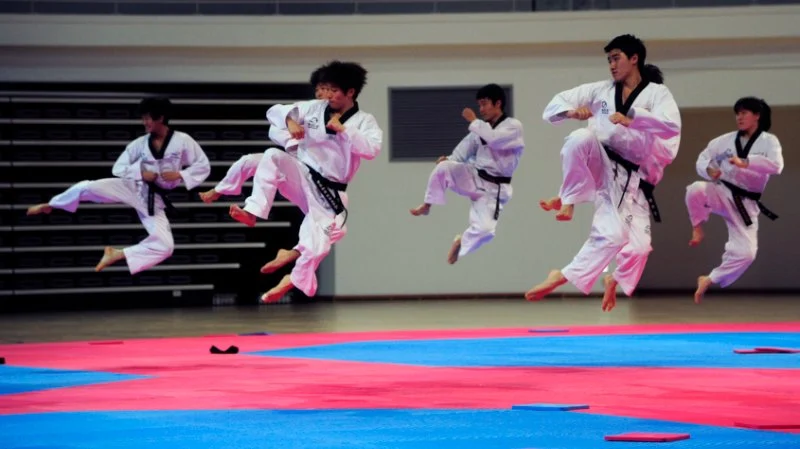
The Connection Between Tae Kwon Do and Korean Language Learning
- Overview of Tae Kwon Do and Language Learning
- How Tae Kwon Do Can Boost Korean Language Skills
- Learning Korean Terms Through Tae Kwon Do
- Cultural Immersion Through Tae Kwon Do
- Real-Life Examples of Tae Kwon Do and Language Learning
1. Overview of Tae Kwon Do and Language Learning
Tae Kwon Do is more than just a martial art; it is a rich cultural practice that integrates discipline, respect, and language. Rooted in Korean culture, it offers a unique opportunity for learners to immerse themselves in the language while mastering physical techniques. The connection between Tae Kwon Do and learning the Korean language is not only about physical movements but also about understanding cultural context, terminology, and communication.
Many practitioners find that their knowledge of Korean improves through the use of specific terms, commands, and expressions that are an integral part of training. This immersion allows learners to practice Korean in real-life situations, improving both their spoken and written language skills.

Red Dragon Karate Glendora / red dragon glendora
GlendoraLos Angeles CountyCalifornia
1826 E Rte 66, Glendora, CA 91740, USA
2. How Tae Kwon Do Can Boost Korean Language Skills
Learning Tae Kwon Do can provide several benefits for those studying Korean. Here’s how:
2.1. Immersion in Korean Terminology
Throughout training, practitioners learn a wide range of Korean words and phrases. These include commands like “Charyeot” (attention), “Gyeongnye” (bow), and “Shijak” (begin). By hearing and repeating these terms during each class, learners naturally start to internalize them, which enhances their vocabulary retention.
2.2. Pronunciation Practice
Tae Kwon Do involves repeating Korean words and phrases frequently. This repetition helps learners practice their pronunciation in a way that’s both meaningful and effective. Mastering pronunciation is often one of the most difficult aspects of learning any language, and the focus on correct vocalization in martial arts training can assist with that.
2.3. Understanding Context
In Tae Kwon Do, actions often correspond to the language used in commands. This context-driven learning allows for deeper understanding. For example, when learning the term “Chumbi” (ready stance), students not only understand the meaning but also experience the term physically, which enhances retention and comprehension.
3. Learning Korean Terms Through Tae Kwon Do
As Tae Kwon Do is deeply connected to Korean culture, students often find that their language skills improve through the following:
3.1. Basic Korean Vocabulary for Martial Arts
When you practice Tae Kwon Do, you are frequently exposed to basic Korean vocabulary such as greetings, stances, and techniques. Words like “Seogi” (stance), “Chigi” (strike), and “Dallyeon” (rotate) are part of the standard lexicon of any practitioner, providing a unique learning environment for language acquisition. These words are repeated often, helping learners gain familiarity with the sounds and structure of the language.
3.2. Commands and Instructions
During training, students are often instructed in Korean. These instructions, such as “Hana” (one), “Dul” (two), and “Set” (three), are an excellent way to learn numbers in Korean, as they are used in sequence during drills. By associating the language with physical actions, the learner connects the words to their meaning more effectively.
4. Cultural Immersion Through Tae Kwon Do
Tae Kwon Do provides a unique form of cultural immersion that enhances language learning. Unlike traditional classroom settings, where language learning can often feel isolated, Tae Kwon Do brings language to life. Here’s how:
4.1. Participating in Korean Martial Arts Culture
By participating in a Korean martial arts practice, learners immerse themselves in the culture of Korea. They not only learn the language but also gain insights into Korean values such as respect, discipline, and perseverance. This cultural understanding deepens the learner’s connection to the language, making it more meaningful.
4.2. Using Korean in Real-Life Situations
Tae Kwon Do allows students to practice the language in a practical, real-world context. Students engage with instructors and peers in Korean, further reinforcing their language skills through direct communication. This exposure is invaluable for building conversational confidence.
5. Real-Life Examples of Tae Kwon Do and Language Learning
Many learners have found that their knowledge of the Korean language has improved significantly through their involvement in Tae Kwon Do. For example, a number of people who travel to South Korea for competitions or tournaments often find themselves using the language effectively while communicating with local practitioners. The repetition of terms and the immersion in both the sport and culture enable learners to adapt quickly to speaking Korean in real-world situations.
One inspiring story involves a Tae Kwon Do practitioner who started learning Korean through their martial arts training. Over time, they became proficient enough to hold conversations with Korean-speaking instructors and even participate in Korean-language competitions. This individual credits their success in language acquisition to their consistent use of Korean in Tae Kwon Do practice and the cultural immersion that came with it.
For anyone interested in both learning the Korean language and mastering Tae Kwon Do, the journey offers not just physical benefits but also cultural and linguistic rewards.
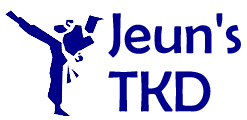

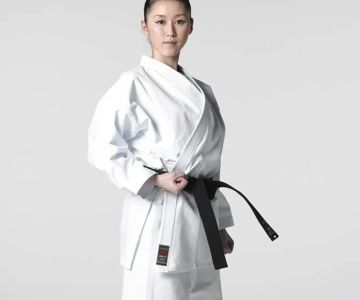
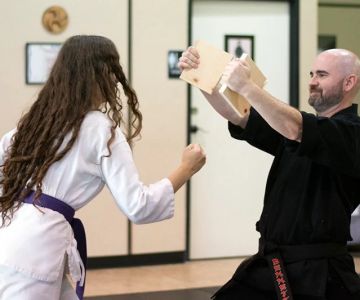
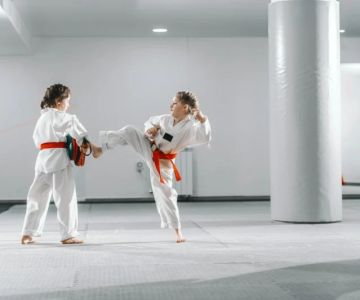

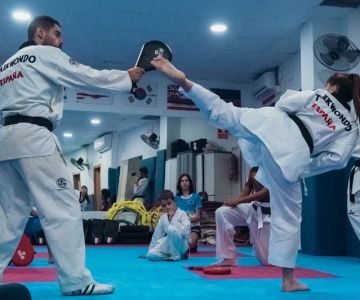
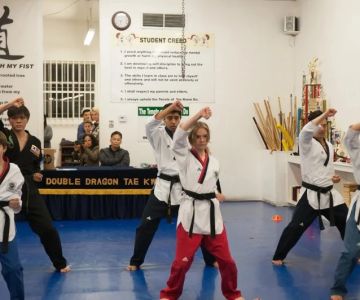
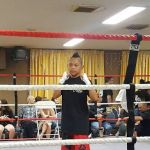 SSK Martial Arts5.0 (33 reviews)
SSK Martial Arts5.0 (33 reviews) Gracie Barra Seattle5.0 (30 reviews)
Gracie Barra Seattle5.0 (30 reviews) Karate America - Ft. Lauderdale4.0 (41 reviews)
Karate America - Ft. Lauderdale4.0 (41 reviews) Major Tae Kwon DO4.0 (34 reviews)
Major Tae Kwon DO4.0 (34 reviews) American Kempo Karate Academy4.0 (11 reviews)
American Kempo Karate Academy4.0 (11 reviews) Middlesex Karate Inc4.0 (7 reviews)
Middlesex Karate Inc4.0 (7 reviews)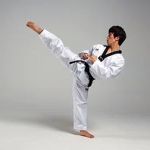 How to Execute a Jumping Roundhouse Kick to the Head
How to Execute a Jumping Roundhouse Kick to the Head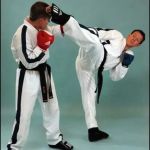 How to Execute a Double Kick Combination in Sparring
How to Execute a Double Kick Combination in Sparring How to Perform a Flawless Axe Kick: A Step-by-Step Guide
How to Perform a Flawless Axe Kick: A Step-by-Step Guide DIY Tae Kwon Do Training Equipment for Home Practice
DIY Tae Kwon Do Training Equipment for Home Practice How to Increase Your Vertical Jump for Tae Kwon Do Flying Kicks
How to Increase Your Vertical Jump for Tae Kwon Do Flying Kicks The History of the Tae Kwon Do Peace Corps
The History of the Tae Kwon Do Peace Corps